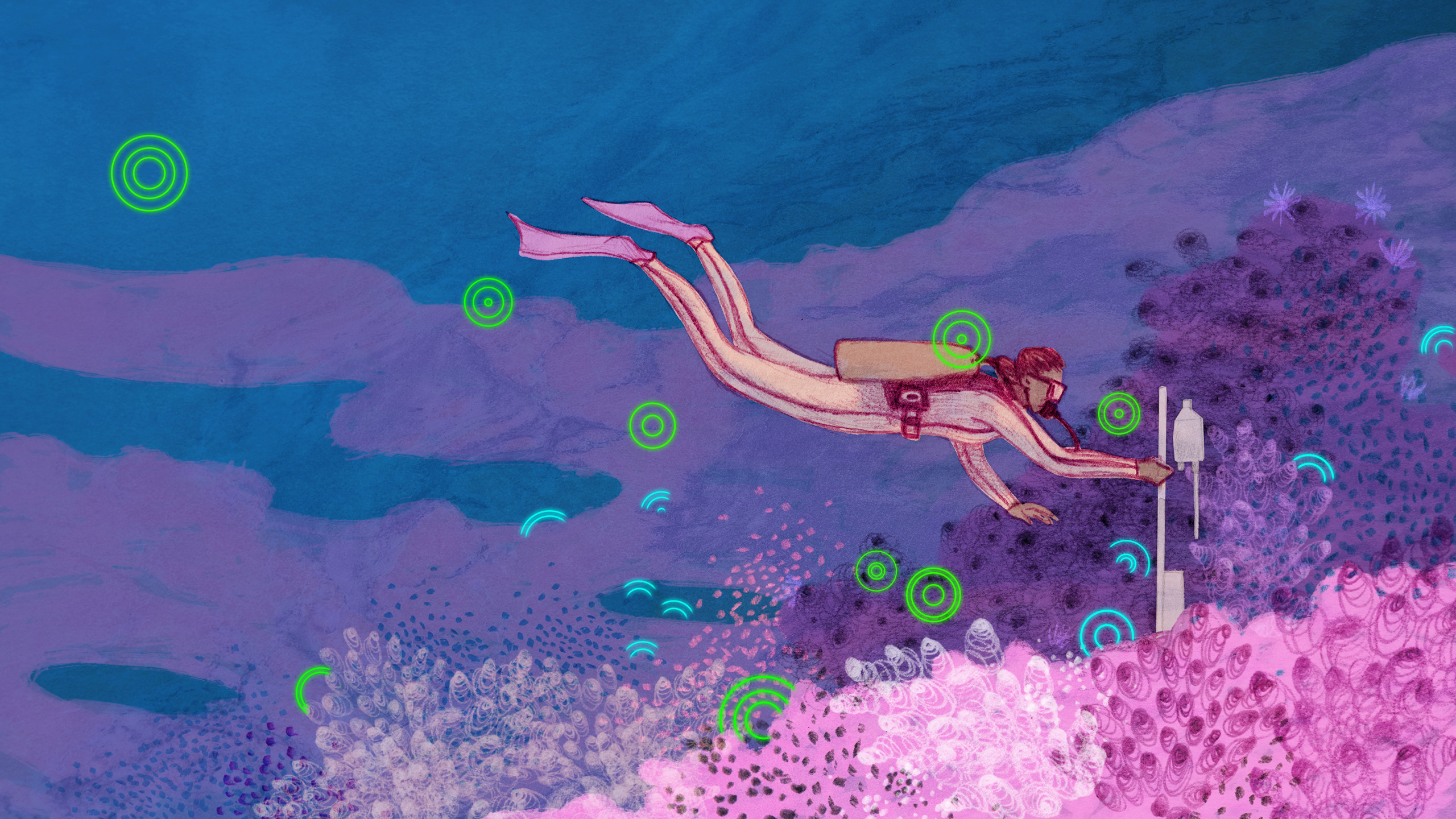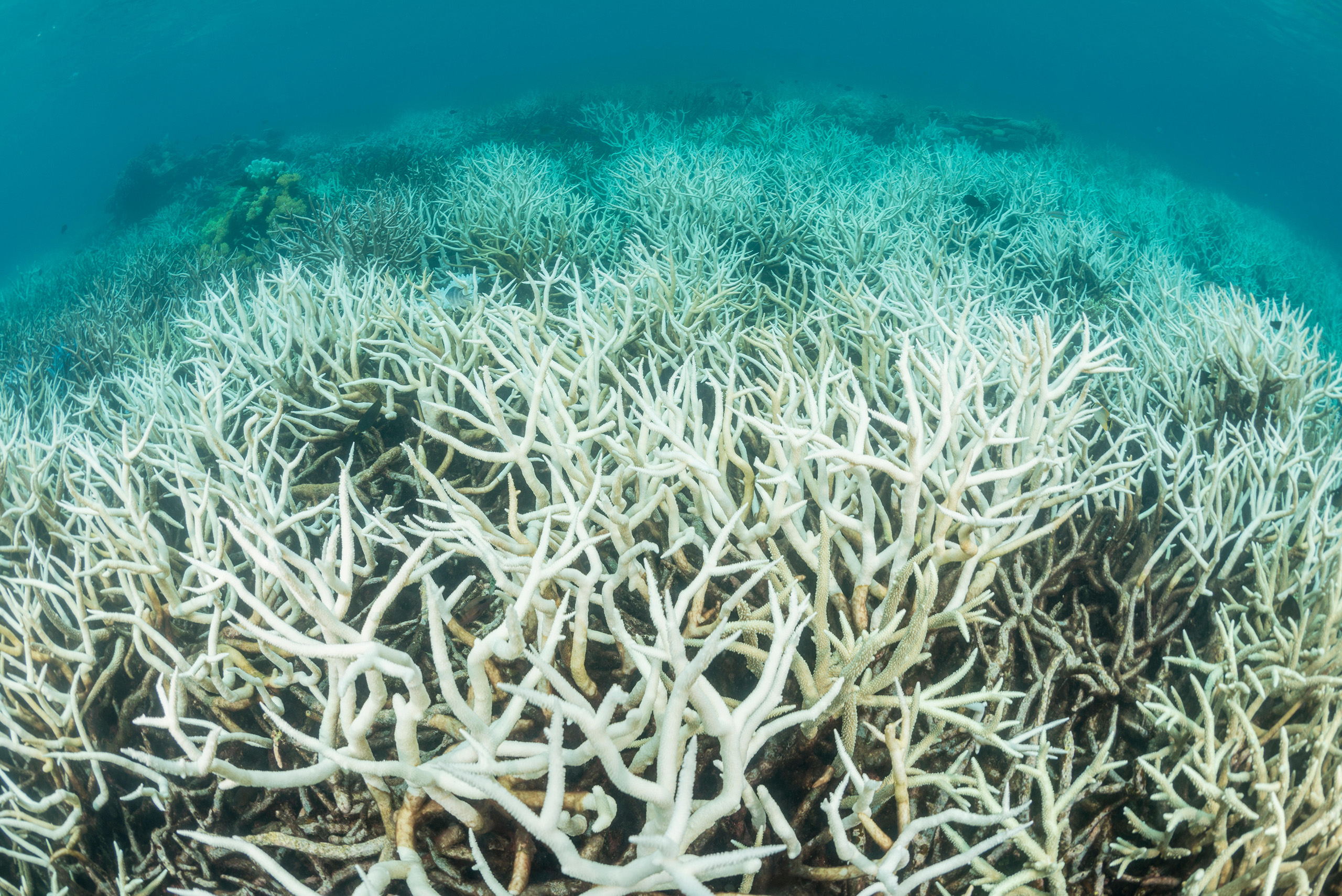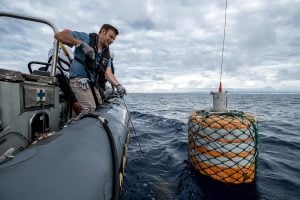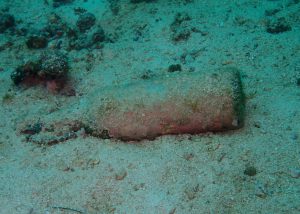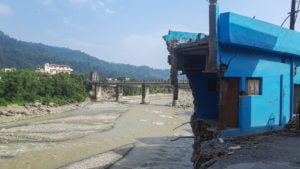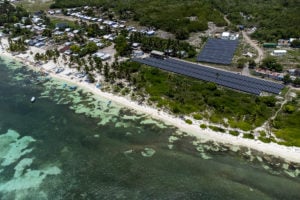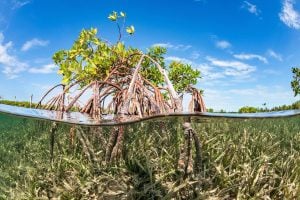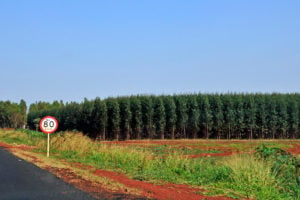As the Indian Ocean laps around the Laamu Atoll in the Central Maldives, seven small recording devices are nestled into coral reefs several metres below the surface, capturing the sounds of the sea. While the recordings could create a soothing playlist, scientists are in fact using them to expand the frontiers of marine conservation.
There might be a clicking noise from sea anemones, deeper tonal sounds from angel fish vibrating their swim bladders, or the crackling of snapping fish, explained Jess Hodge, a marine biologist and research coordinator at the Maldives Underwater Initiative (MUI). The marine conservation initiative was founded by Six Senses Laamu and is based at its resort in the southern part of the atoll.
“On top of that, we have the noises of the fish eating and also vocalisations,” Hodge said, adding that some of these can’t be heard by the human ear.
“It’s this combination of different sounds that makes up the soundscape of the reef… and we’re some of the first people to actually hear the Maldives’ fish vocalise,” Hodge said.
Such specialised recordings are being used in a new collaboration between coral reef ecologists, led by MUI and Steve Simpson, a marine biologist and fish ecologist at the University of Bristol, to better distinguish between a healthy and a degraded reef in need of support.
“You can use this soundscape as essentially a measure of biodiversity,” Hodge said. For example, the more snapping shrimp that can be heard, the healthier a reef is likely to be, she explained.
The scientists are also looking to use soundscaping to bring life back to degraded reefs, by playing sounds of healthy reefs through underwater speakers to coax species back.
The threats that silence coral reefs
Around the world, healthy coral reefs provide habitat, feeding, spawning and nursery grounds for over one million species. They also play a key role in supplying food and livelihoods for people living nearby, act as coastal defences and provide a wealth of tourism opportunities through diving and snorkelling.
Yet, a multitude of threats, including pollution, overfishing, coral harvesting and rising ocean temperatures, have put them in jeopardy.
“We know that corals are in real trouble this century, and anything that we can do to increase the chances of survival of coral reefs is valuable,” said Simpson.
In 2015 and 2016, the world was able to listen to parts of the Great Barrier Reef struggle as high ocean temperatures bleached the coral, he explained. Such bleaching degrades reefs, leaves coral vulnerable to death, and can kill species that live within reefs’ complex structures.
“The reef went quiet. It was about a quarter as loud the following year because most of the animals making sounds were gone,” Simpson said.
Monitoring and reviving reefs through sound
Back in the Maldives, the team has used recording devices to monitor the recovery of some of the 60% of Maldivian reefs affected by coral bleaching in 2016, and to identify which might require support. Amid the arrival of El Niño, a climate patten that drives up sea temperatures, it plans to do the same. Warmer ocean waters can cause coral to expel their symbiotic algae, and it doesn’t always come back. Coral needs algae to survive.
Having a catalogue of recordings of the local reefs will enable the team to see which areas are robust and which have been damaged. “If they are resilient to a bleaching event, we want to understand the bioacoustics of that reef. If we see reefs that are unfortunately hit more severely, then [we want] to see that slow recovery at that bioacoustic level,” Hodge said.
In the past, to assess damage to a reef, divers would have visually assessed it for short periods. Now, recordings can be gathered regardless of weather conditions, and around the clock, said Matthew Pine, a marine scientist and principal at the University of Victoria and at Styles Group Underwater Acoustics.
For those reefs that are damaged, interventions can be made.
Researchers can install underwater speakers to play healthy reef sounds to attract marine animals and revive the ecosystem. “We’re effectively calling the animals into those places that they’ll be safe, but they wouldn’t find without the added sound,” Simpson said. “That’s a process called acoustic enrichment, which allows us to be able to accelerate the rate of recovery.”
Another option for enhancing recovery is to release coral bred in captivity back onto the reef.
A large proportion of coral larvae dies after fertilisation and when they’re trying to find their way back to the reef, Hodge explained. “So we’ve just done a pilot study where we took a small sample of spawn and we did ex-situ fertilisation. We settled them into a little tank and then planted it out on the reef.”
MUI is also talking to local authorities in Laamu Atoll about how to manage noise from boats and construction. Simply reducing boat speed or altering routes can give the natural acoustic world, and so ocean life, a better chance of functioning, Simpson said.
Beyond the Maldives
MUI isn’t the only organisation using sound to support the ocean and its inhabitants.
The idea of bioacoustics has been around for a long time. It became more established as a field of research in the 1960s when improvements in recording devices opened up new opportunities for scientists.
In the 1990s, scientists began attaching radio devices to whales to record their sounds, as well as the depth and temperature of water they were swimming in. It allowed for the study of animal communication, including those that live in the deep ocean, Simpson said.
In recent years, marine bioacoustics work has “exploded exponentially” said Pine, mainly because of advances in technology.
This has allowed researchers to study the acoustics of ocean basins in the South Atlantic and North Pacific, to monitor Chinese white dolphins in Hong Kong, and study the attraction of larvae to reef sound.
More recently, bioacoustics are becoming a critical conservation tool, helping to monitor the impact of climate change on underwater life.
“Passive acoustic monitoring is a really valuable and cost-effective tool for conservation management and to inform policy recommendations for populations at risk,” said Chris Johnson, the global lead for the WWF’s Protecting Whales and Dolphins Initiative.
“It can provide information such as distribution, abundance, population density, community composition, physiological state, changes in trends over areas or time, and can even be used as a proxy for measuring biodiversity richness,” he said.
Off the coast of California, WWF uses a combination of acoustics and mapping technology to predict the presence of blue and fin whales and to alert ships in order to prevent fatal collisions. In the Arctic, Wildlife Conservation Group Canada is monitoring beluga whales and arctic cod to inform conservation policy. And in New Zealand, regulators are using bioacoustics to assess how much noise an infrastructure project would generate, to try and reduce the impact on animals.
The use of bioacoustics to measure coral reef health is a relatively recent innovation, Hodge said. Such work, Simpson said, is also being done in the Caribbean, Indonesia and Australia. But MUI, whose Laamu Atoll project began in December 2022, is the only organisation using bioacoustics to study reefs in the Maldives.
Looking ahead, Simpson said he hopes bioacoustics will play a significant role in protecting the world’s reefs and other ocean life. “I would love to see reefs in the degraded sites recovering, growing back faster in areas where we’re adding our new tools [such as acoustic enrichment],” he said. “I would hope to be going back to reefs and seeing the benefits of the research within five years.”
